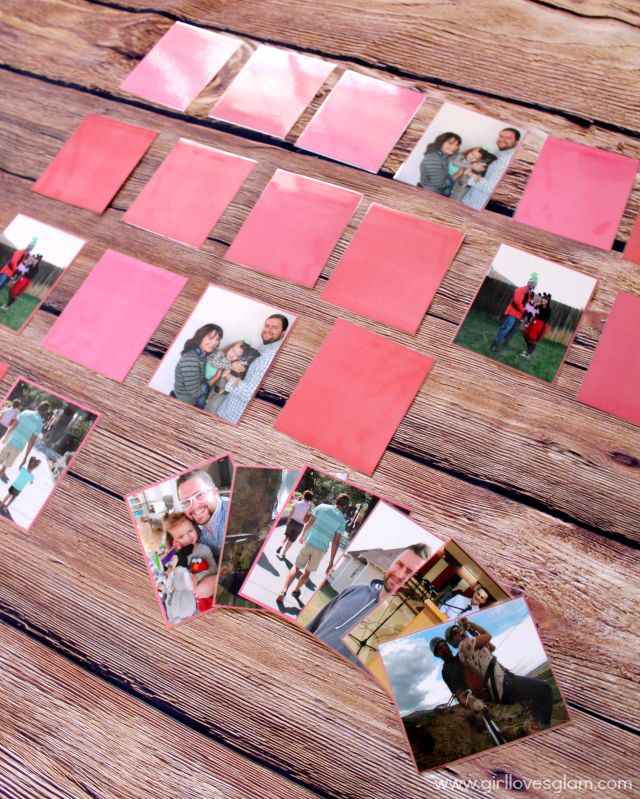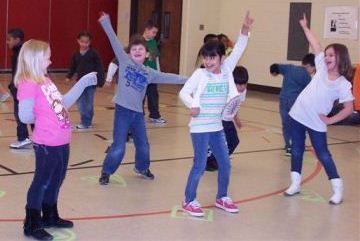Starting school can feel a little scary for young kids, but Kindergarten Ice Breaker Games make it fun and friendly. These simple activities help little ones feel more comfortable, connect with classmates, and build confidence in a playful way. With laughter, movement, and easy instructions, these games are perfect for easing first-day jitters.
Kindergarten Ice Breaker Games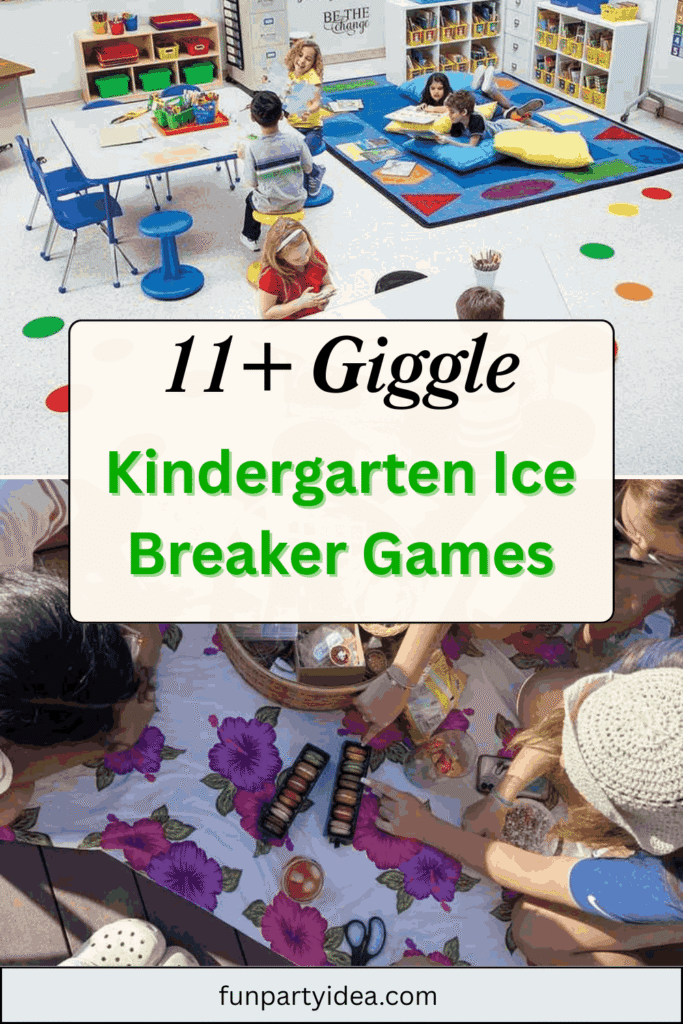
Help little ones feel at home with Kindergarten Ice Breaker Games! They’re fun, simple, and great for making new friends fast.
Name and Clap
Start things off by learning names in a playful way. Kids remember better with rhythm and fun.
-
Say your name and clap once
-
Everyone repeats it with the same clap
-
Go around the circle until all names are shared
Find a Friend
Kids love moving around, and this game helps them make fast connections.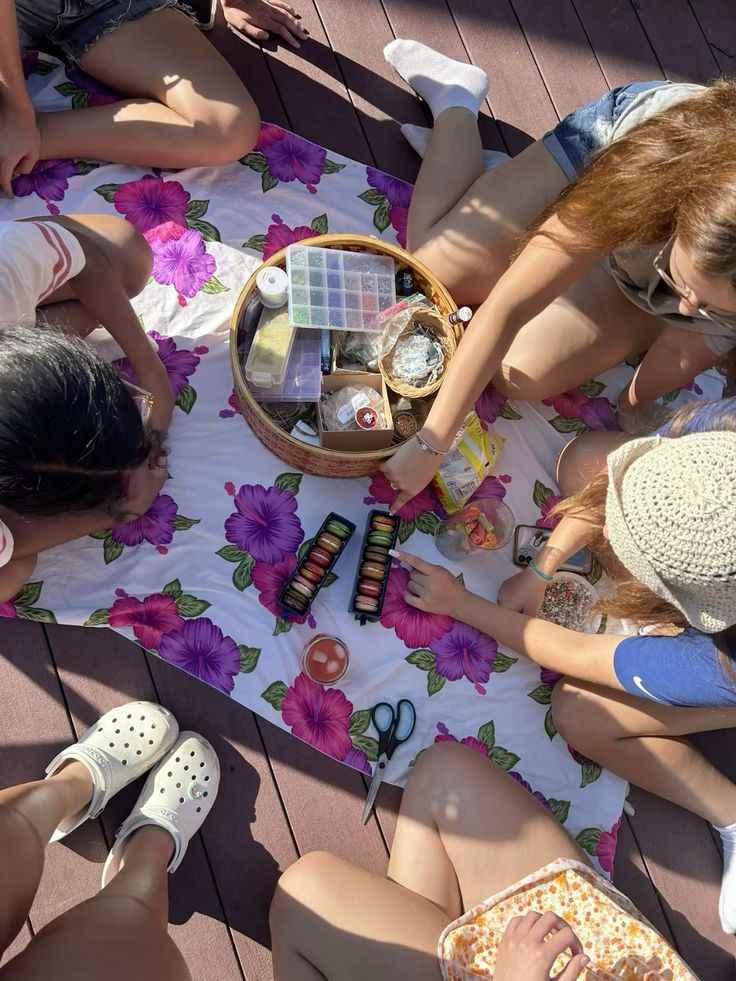
-
Call out something like “Find a friend who likes apples”
-
Kids walk around and find someone who matches
-
Great for building social confidence
Color Corners
Add some movement and decision-making with this simple color game.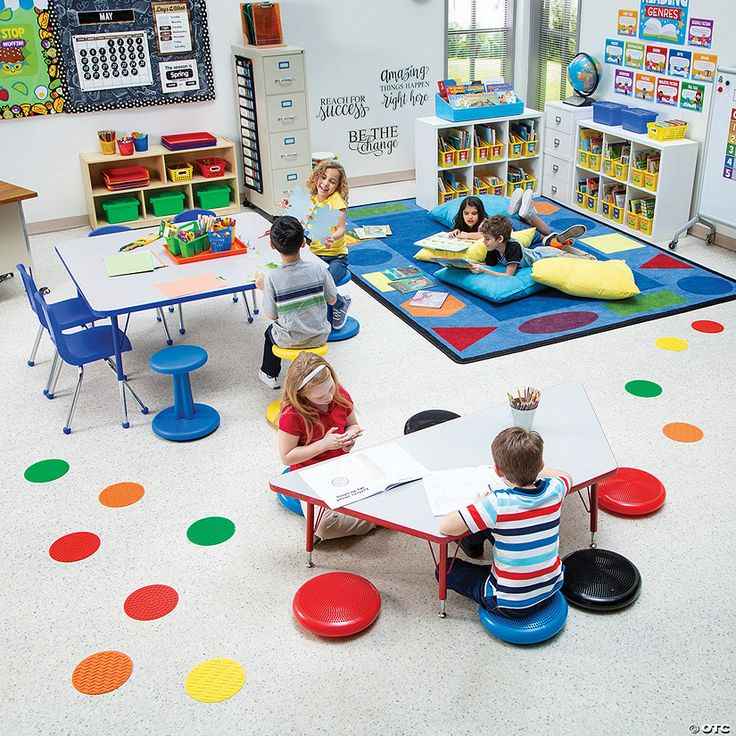
-
Label each classroom corner with a color
-
Call out a color and let kids run to that spot
-
Let them say their names when they arrive
Pass the Smile
This is an easy way to ease nervous energy and bring in some giggles.
-
Sit in a circle and smile at the person next to you
-
They “catch” the smile and pass it along
-
Add a silly face round for extra fun
All About Me Circle
This game gives kids a chance to share something about themselves.
-
Sit in a circle and take turns saying one thing like a favorite food
-
Keep answers short and cheerful
-
Use a soft toy to pass around as a talking stick
Animal Actions
It combines movement, imagination, and laughter—perfect for little learners.
View this post on Instagram
-
Call out animals like frog or elephant
-
Kids act it out with sounds and motions
-
Use this to help burn off energy too
My Name Starts With
A simple alphabet game that’s great for memory and learning letters.
View this post on Instagram
-
Each child says their name and something that starts with the same letter
-
Example: “I’m Lily and I like lemons”
-
Keep it light and silly
Hello Ball
Tossing a ball adds excitement and keeps young minds focused.
-
Stand in a circle and toss a soft ball
-
Say your name when you catch it
-
Add “Hello, my name is…” to practice speaking
Match the Picture
Perfect for visual learners, this game is colorful and hands-on.
-
Hand out cards with matching pictures (like two suns or two apples)
-
Kids find their match and introduce themselves
-
Works well as a quick partner activity
Freeze Dance Introductions
It’s energetic and a great way to shake out nerves.
-
Play music and let kids dance freely
-
When music stops, they freeze and say their name
-
Mix in fun poses or sound effects
What’s Your Favorite?
Let kids open up by sharing something they love.
-
Ask a question like “What’s your favorite animal?”
-
Go around and let each child answer
-
Use a themed toy or picture card to help
Mystery Bag
Surprises keep kids curious and excited. This one’s great for hands-on sharing.
-
Fill a bag with classroom-safe objects
-
Kids reach in, feel an item, and describe it
-
They guess what it is before pulling it out
Friendship Chain
This makes a visual and growing connection between classmates.
-
Each child adds a link with their name on it
-
Share one fun fact as they attach it
-
Hang it in the classroom to display
Yes or No Game
This one keeps things moving and helps kids learn about each other.
-
Ask yes/no questions like “Do you like ice cream?”
-
Kids step forward or stay still to answer
-
Keep the questions simple and fun
Silly Handshake
Create fun partner interactions with this playful greeting activity.
-
Pair kids up to invent a silly handshake
-
Let them show it off to the group
-
Switch partners and try again for extra fun
Find a Friend
Kids love moving around, and this game helps them make fast connections. It encourages conversation and helps shy kids join in naturally.
-
Call out prompts like “Find a friend who has a pet” or “…who likes bananas”
-
Let them pair up and introduce themselves
-
Switch prompts every minute to keep it fun
-
Use visuals or picture cards for younger kids
-
End with each pair sharing one thing they learned about each other
FAQ
Why are ice breaker games important in kindergarten?
Ice breaker games help children feel comfortable, build friendships, and ease first-day jitters. They create a warm, welcoming classroom environment and encourage social interaction through play.
How long should an ice breaker game last for kindergarteners?
Most games should last about 5 to 10 minutes. Young kids have short attention spans, so keeping games quick and engaging is key to holding their interest.
Do these games need any special materials?
Not always! Many games like “Pass the Smile” or “Find a Friend” need no props. Others might need simple items like a soft ball, picture cards, or name tags.
Can ice breaker games also support learning?
Yes! Many games build skills like listening, speaking, teamwork, and even early literacy or counting. They’re a fun way to blend social growth with classroom learning.
When should you play ice breaker games during the school day?
The best times are during the first week of school, after morning routines, or between transitions. You can also use them anytime kids need a confidence boost or reset.

Hi, I’m Susan Rueckel — the voice behind Fun Party Idea! With a Bachelor’s Degree in Communications and a passion for bringing people together, I’ve spent years honing my skills in business development, customer service, event management, social media, and contract negotiation. Whether it’s planning unforgettable parties or sharing creative ideas to make your celebrations shine, I love turning everyday moments into something truly special. Let’s make your next event the most fun one yet!


